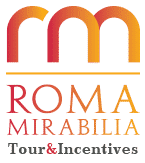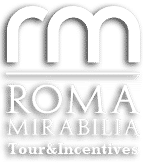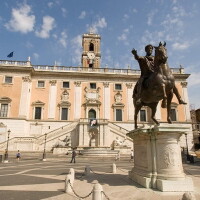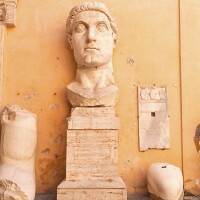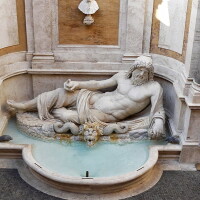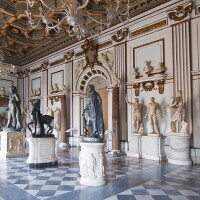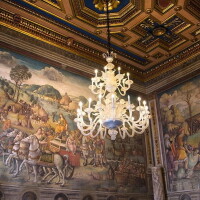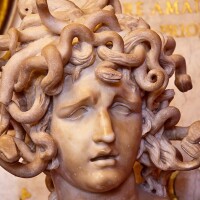The history of the Capitoline Museums, the oldest public museum in Europe, begins in 1471, when Sixtus IV laid the foundation stone for the collection by donating some sculptures from the Lateran. In the sixteenth century, and especially in the eighteenth century, other significant pieces of art were added, including statues and portraits from Cardinal Albani’s collection. In 1734, the Capitoline Museums of Pope Clement XII. officially inaugurated. In addition to the impressive collection of statues, whose most famous examples include the Dorn extractor, the Capitoline she-wolf, the equestrian statue of Emperor Marcus Aurelius and the remains of the huge statue of Emperor Constantine, the Pinakothek with works by Titian, Veronese, Caravaggio, Guercino, Rubens, van Dyck, etc., and the frescoes by the Cavalier d’Arpino of great interest. Also unique is the view from the ancient Tabularium on the Roman Forum!
